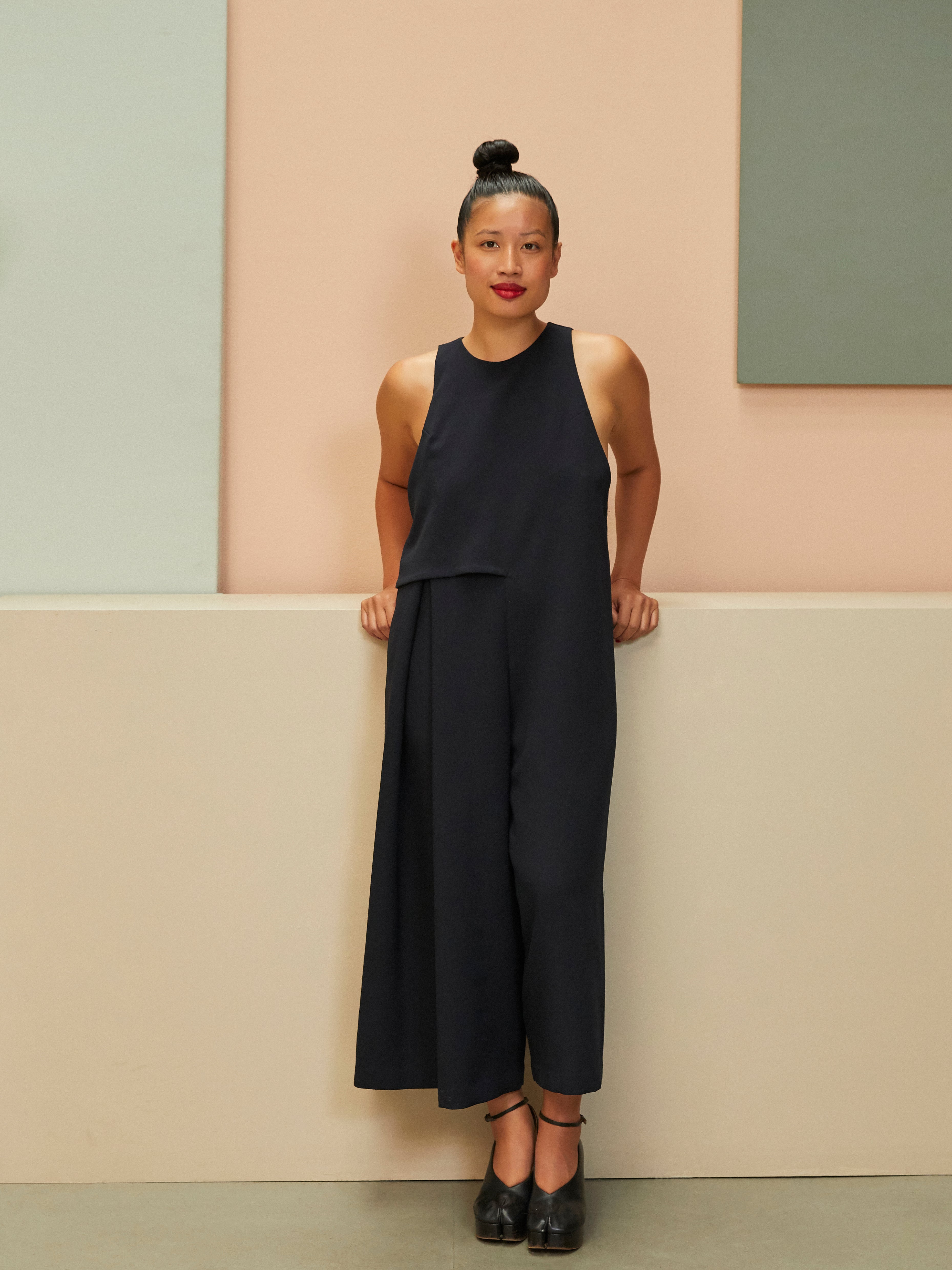Like many others in the design world, 2020 was a year that prompted Jenny Nguyen to look inward. As a public relations professional leading the New York–based Melting Butter Studios creative agency, she fixed her gaze on how the PR segment of the industry can act as a gateway—or barrier—to success for small businesses and independent interior designers.
“What I did was take that one service, break it apart, really study it and question why PR is so expensive,” says Nguyen, who mentions that prices for such services can range from a $5,000 monthly retainer to a minimum of $10,000 for some of the industry’s biggest agencies. “Those prices are a non-starter for most small businesses.”
In late summer of that year, Nguyen established the Hello Human creative publicity agency with the mission of making public relations services more accessible to designers and creatives. She decided to cut certain steps out of the process—the hand-holding, client wrangling, and time-consuming administrative tasks like gathering files for press kits—and instead approach PR from an educational angle, giving clients the tools and information they need to tell an effective brand story.
Using the new strategy, Nguyen’s team at Hello Human—a 26-person collective of freelance associates, with three full-time internal team members including Nguyen herself—breaks down the mechanics of launching a PR campaign, sharing the breakdown of a press kit, and distilling a brand’s story to its most relevant parts.
“PR has traditionally operated behind a velvet curtain in many ways,” says Nguyen. “Transparency hasn’t really been a tenet of the industry. … When you talk to traditional PR agencies and ask, ‘How do you get this press?’ The response would probably be something like, ‘Oh, we have great relationships.’” says Nguyen. “[At my firm], we’re trying to approach it from [a place of], ‘This is what we actually do to get press.’”
They tested out their approach and found that clients actually could deliver on the firm’s homework (things like pulling together the assets for a press kit), allowing Hello Human to dramatically decrease the time it took to complete a campaign and making their services more affordable for small businesses—with starting costs of around $3,000 per campaign.
So far, independent designers seem on board with the structure. Hello Human signed more than 100 clients during its first year and is expanding to 11 cities around the world, including New York, London and Milan. Plus, the firm’s unorthodox approach has helped it reach designers from underrepresented groups, with 83 percent of clients identifying as BIPOC or design studios that are female-owned or committed to social good.
Now, the firm is looking to scale up while testing out even more accessible services through the launch of a rewards-based crowdfunding campaign hosted on the IFundWomen platform. The site gave Hello Human a grant for women-owned businesses with founders who are people of color, which included six months of business coaching in preparation for the campaign’s recent October launch. While the main goal of the fundraiser is to expand the growing firm, the team also designed the campaign to gauge interest in an array of educational PR offerings.
As part of the campaign, contributors receive different service-based prizes corresponding to their donations—for $299, a PR starter kit with pitch templates; for $99, an industry media kit and who’s-who list; for $49, a press kit manual, to name just a few. At the highest end of the donation range, Hello Human is offering a finite number of donors the option to sponsor a designer for two sessions with a PR pro from the firm ($1,500), a PR campaign for one BIPOC or social-good design studio ($7,000) or a 6-month partnership with one of the firm’s pros to raise the profile of a chosen studio’s work ($15,000). So far, the firm has reached $52,000 of its $56,000 goal tethered to a November 25 deadline.
With the new funds, Hello Human plans to develop some of the campaign’s more popular rewards offerings into products for use by its own clients, as well investing in operational costs to potentially open an office space for the team. In the long term, the firm’s ultimate goal is to grow its services and client base, expand into new sectors—fashion, fine art, and beauty and wellness among them—and continue cracking open the PR machine for underserved markets with an education-focused, DIY approach.
“We want to grow outwardly in terms of serving other creative communities, and more designers,” says Nguyen. “But through that, we want to build a new set of services that will support those communities as well.”
Homepage image: Jenny Nguyen | Courtesy of Jenny Nguyen




























